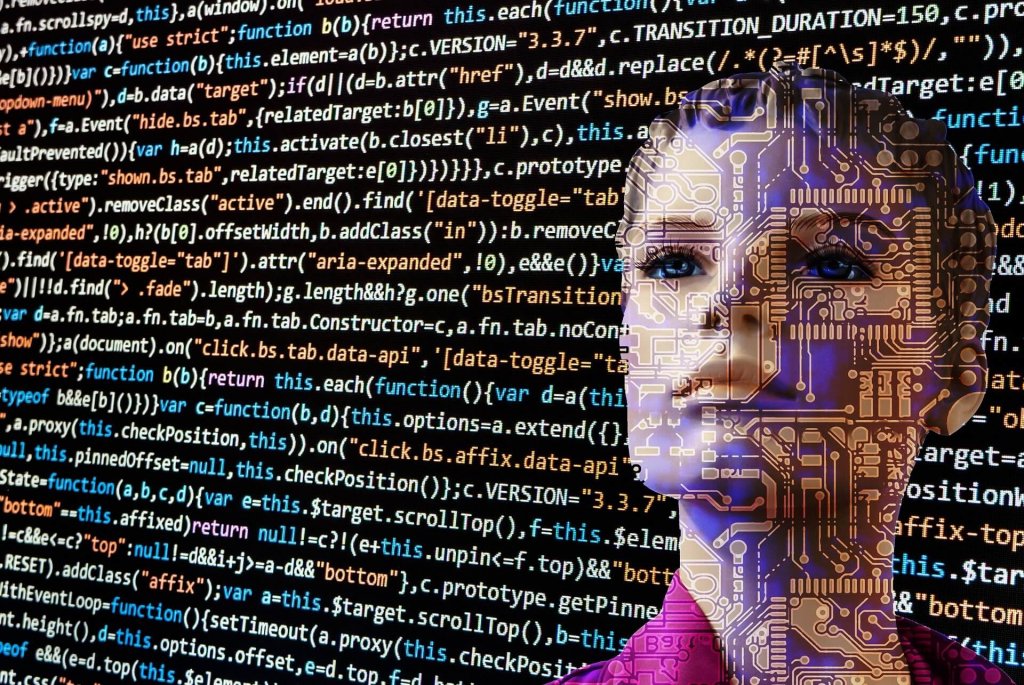AI has made significant advancements in machine translation in recent years, but whether it is better than a human translator still remains to be seen for many.
AI’s ability to translate vast amounts of material is definitely a bonus, and many translation companies use AI (in the form of computer-aided translation tools with neural processing) to assist with repeat translation tasks, for instance.
However, accuracy on many AI-generated platforms is still considered to be lacking, and the nuances which human language contains appears to be difficult for AI to replicate, so far.
Below you’ll find some of the advantages of using AI for translation projects, and some of its limitations…
Advantages of AI for translation projects:
Using AI translation tools such as ChatGPT, Google Translate or Microsoft Translator for certain translation tasks, where high levels of accuracy aren’t necessary, can give good results especially when using language pairs which are common such as English and Spanish which are considered high-resource.
Interestingly, research has shown there is little difference between each of the major AI translation tools mentioned above and that they each give fair results.
Some of the advantages of using AI for translation projects are:
Speed and Efficiency: AI-powered translation systems can process large volumes of text quickly, making them suitable when working to tight deadlines or high-throughput translation projects where accuracy isn’t vital.
Cost-Effectiveness: AI translation systems can be more cost-effective for certain projects, especially when translating a large amount of text where human translators would require significant time and resources.
Consistency: AI systems can maintain consistency in terminology and style throughout a translation project, which can be helpful when creating large volumes of content or when the text is repetitive in nature.
Availability: AI translation systems are available 24/7, allowing for instant translation services without dependency on human availability.
Limitations of AI for translation projects:
AI translation is still a relatively new field (human translation has been around much longer, probably since humans learnt to speak) so it’s only to be expected that there are some limitations to its ability to replicate human speech, accurately translate humour, or understand tone and nuance within multiple languages.
Contextual Understanding: AI translation systems often struggle with accurately capturing the nuances of language, including idioms, cultural references, and contextual subtleties. Human translators excel at understanding the context and producing accurate translations because they have been immersed within the language and culture for many years.
Subjectivity and Creativity: Translating creative or literary works requires an understanding of the artistic intent and cultural sensitivities, which AI systems do not fully grasp.
Technical Expertise: Specialized industries such as legal, medical, or technical translations, often require specific knowledge and terminology. Human translators with expertise in these fields can provide accurate and contextually appropriate translations with greater accuracy and ability than AI.
Quality Assurance: Human translators can apply their linguistic skills and knowledge to ensure high-quality translations, but AI systems may produce errors or mistranslations that require human intervention for correction. AI will also replicate errors in the original (source) text whereas a human translator will pick up on an error and ensure it is altered on subsequent translations.
AI has improved translation capabilities, often providing fast and cost-effective solutions for certain projects.
However, human translators remain crucial for tasks that require nuanced understanding, creative translations, industry expertise, and high-quality assurance.
A combination of AI and human involvement can often yield the best results, where AI assists human translators to enhance efficiency and productivity.
At Creative Word, we use technology within our translation procedures in the form of computer-aided translation tools, to help form glossaries, and when performing repeat translation tasks.
AI and the associated technology, allow us to increase translation capacity, offering greater value to our clients, while still ensuring an accurate and meaningful human translation.
To discuss how we can help with your translation projects, please contact a member of the team now.












